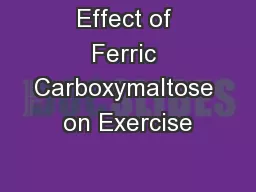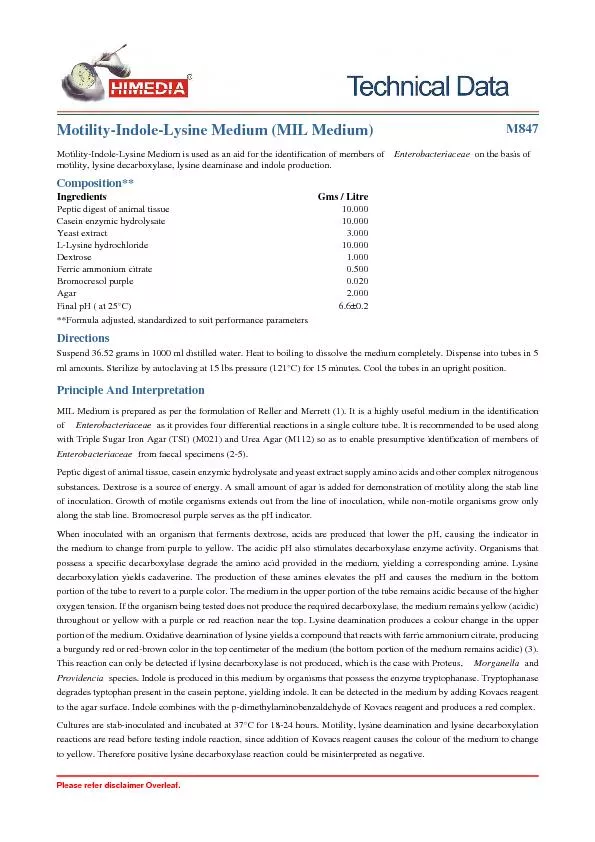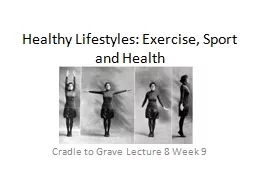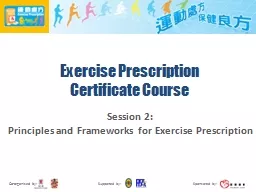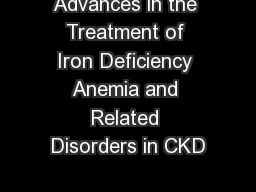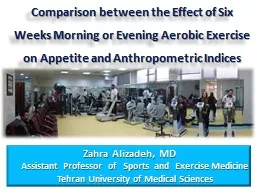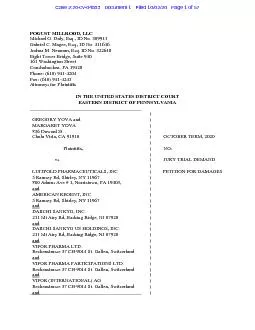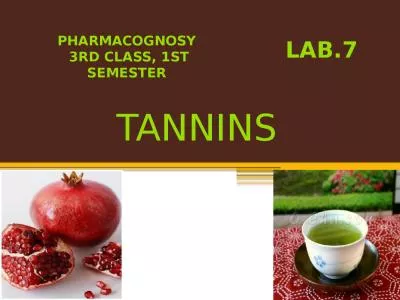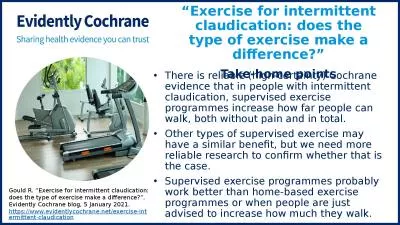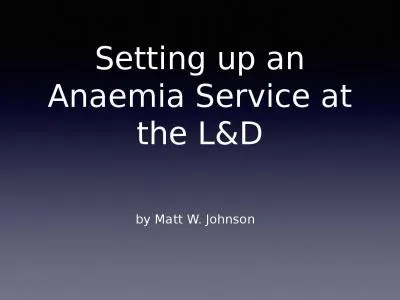PPT-Effect of Ferric Carboxymaltose on Exercise
Author : aaron | Published Date : 2017-04-02
Capacity in Patients With Iron Deficiency and Chronic Heart Failure EFFECTHF Dirk J van Veldhuisen Piotr Ponikowski Marco Metra Michael Böhm Peter van der
Presentation Embed Code
Download Presentation
Download Presentation The PPT/PDF document "Effect of Ferric Carboxymaltose on Exerc..." is the property of its rightful owner. Permission is granted to download and print the materials on this website for personal, non-commercial use only, and to display it on your personal computer provided you do not modify the materials and that you retain all copyright notices contained in the materials. By downloading content from our website, you accept the terms of this agreement.
Effect of Ferric Carboxymaltose on Exercise: Transcript
Download Rules Of Document
"Effect of Ferric Carboxymaltose on Exercise"The content belongs to its owner. You may download and print it for personal use, without modification, and keep all copyright notices. By downloading, you agree to these terms.
Related Documents

